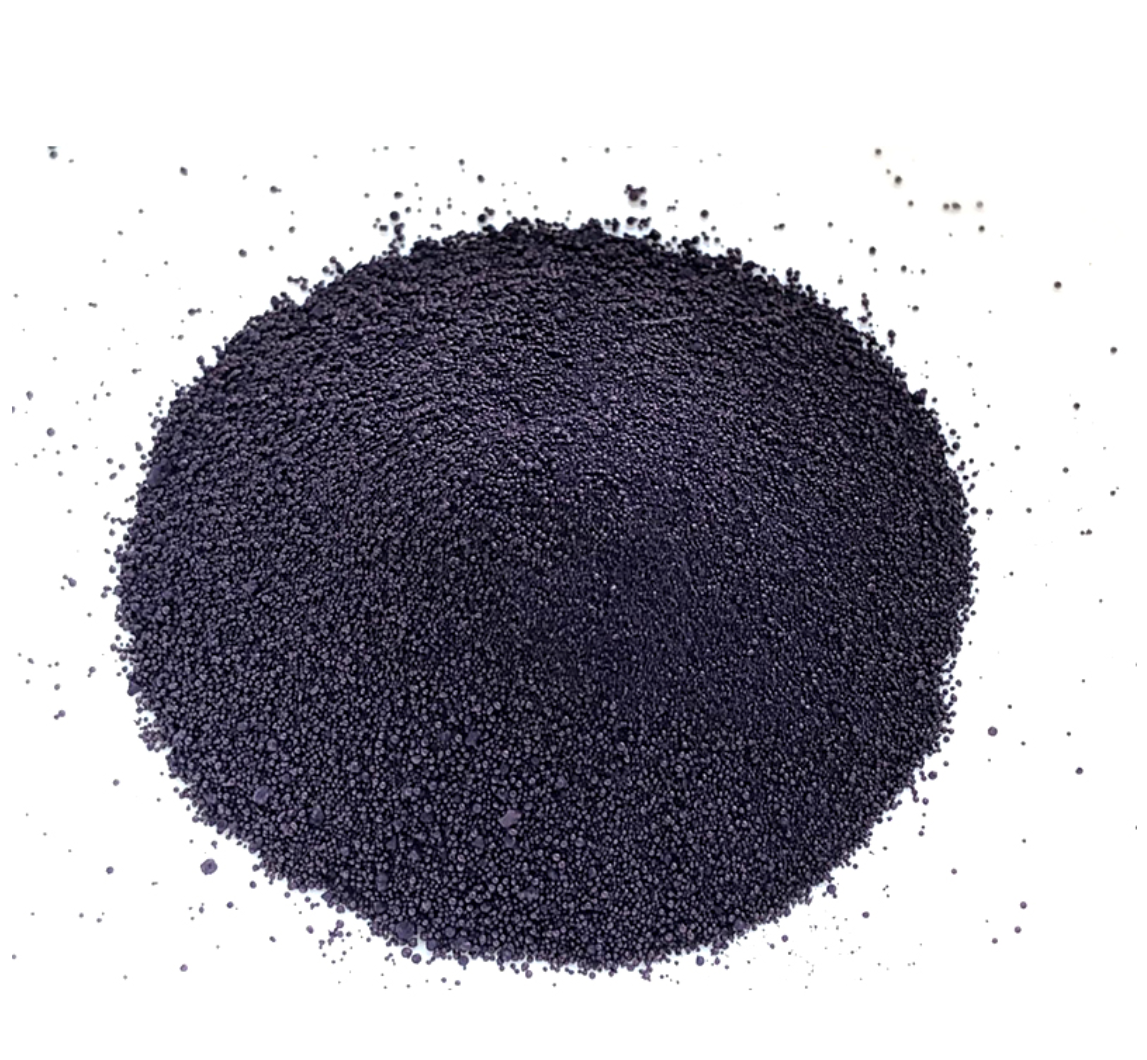indigo dye japan
The Art and Tradition of Indigo Dye in Japan
Indigo dyeing is an ancient craft that has weaved its way through the fabric of Japanese culture for centuries. Known locally as ai (藍), this deep blue dye is derived from the leaves of the indigo plant, mainly *Persicaria tinctoria*, and has played a significant role in Japanese textiles, art, and even social structure. The history of indigo dyeing in Japan is not just a tale of color; it embodies a story of tradition, innovation, and cultural identity.
The usage of indigo dye in Japan can be traced back to the 6th century. Initially introduced through trade with China, it quickly gained popularity for its vibrant hue and durability. The Japanese perfected the dyeing process, evolving techniques that distinguished their indigo from other regions. This included the fermentation of indigo leaves, which were mashed, mixed with water and lime, and allowed to ferment into a rich paste. The process of extracting and preparing the dye required immense skill and patience, often taking weeks to achieve the desired depth of color.
The Art and Tradition of Indigo Dye in Japan
One of the most notable forms of indigo dyeing in Japan is shibori, a technique that employs various binding, stitching, and folding methods to create intricate patterns on fabric. Shibori has been practiced for centuries and varies from region to region, showcasing the diverse artistry across the country. This craft allows artisans to demonstrate their creativity, transforming plain fabric into a canvas of intricate designs and subtle gradients of blue. Each piece of shibori is unique, embodying the skill and vision of the artisan.
indigo dye japan

As Japan entered the Edo period (1603-1868), indigo dyeing exploded in popularity. The Edo period was marked by an increase in the production of cotton and textiles, with indigo becoming a staple dye thanks to its affordability compared to expensive colors like red and purple. The rise of the merchant class also fueled a demand for stylish, high-quality fabrics dyed with indigo, leading to the proliferation of indigo-dyed clothing, household items, and artworks. The indigo culture flourished, giving birth to numerous dyeing centers established throughout the country.
However, the 20th century brought significant changes to the industry. The introduction of synthetic dyes threatened traditional indigo, causing a decline in its production. Many artisans who practiced the age-old craft found themselves struggling to compete with mass-produced alternatives. But, in recent years, there has been a renewed interest in traditional crafts and sustainable practices. Artisans and small producers have worked together to revive indigo dyeing, focusing on its environmentally friendly properties and promoting it as a cultural heritage.
Today, indigo dyeing is experiencing a renaissance in Japan and around the world. Workshops, exhibitions, and online platforms have been established to educate and inspire a new generation of indigo enthusiasts. Artisans are exploring innovative approaches while honoring traditional methods, creating a vibrant fusion of old and new. The deep blue fabric continues to captivate, symbolizing both heritage and modernity.
In conclusion, indigo dyeing in Japan is more than just a method of coloring fabric; it is a rich tradition embedded in the nation's history. The craft represents the spirit of community, artistry, and sustainability. As we look towards the future, the revival of indigo dyeing serves as a reminder of the importance of preserving cultural identities while embracing innovative practices. Embracing this ancient craft today signifies a connection to the past and a hopeful outlook for future generations.
-
Sulphur Black Dyes in Daily Use
NewsMay.07,2025
-
Indigo Dyeing for Daily Life
NewsMay.07,2025
-
Indigo Dye Production and Its Growing Demand
NewsMay.07,2025
-
Color That Lasts
NewsMay.07,2025
-
Bromo Indigo for Modern Use
NewsMay.07,2025
-
Blue From Nature
NewsMay.07,2025
-
The Timeless Color in Fashion and Textiles
NewsApr.10,2025

Sulphur Black
1.Name: sulphur black; Sulfur Black; Sulphur Black 1;
2.Structure formula:
3.Molecule formula: C6H4N2O5
4.CAS No.: 1326-82-5
5.HS code: 32041911
6.Product specification:Appearance:black phosphorus flakes; black liquid

Bromo Indigo; Vat Bromo-Indigo; C.I.Vat Blue 5
1.Name: Bromo indigo; Vat bromo-indigo; C.I.Vat blue 5;
2.Structure formula:
3.Molecule formula: C16H6Br4N2O2
4.CAS No.: 2475-31-2
5.HS code: 3204151000 6.Major usage and instruction: Be mainly used to dye cotton fabrics.

Indigo Blue Vat Blue
1.Name: indigo blue,vat blue 1,
2.Structure formula:
3.Molecule formula: C16H10N2O2
4.. CAS No.: 482-89-3
5.Molecule weight: 262.62
6.HS code: 3204151000
7.Major usage and instruction: Be mainly used to dye cotton fabrics.

